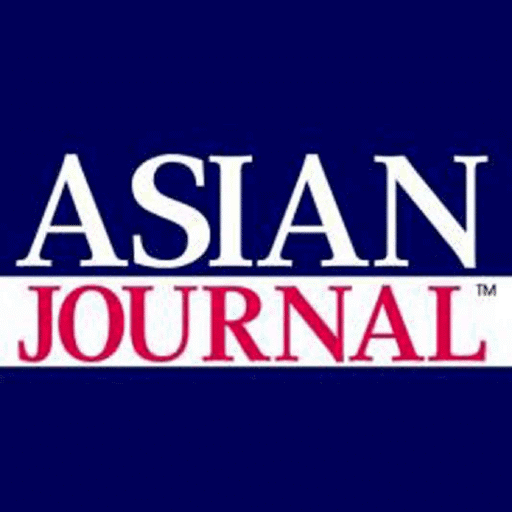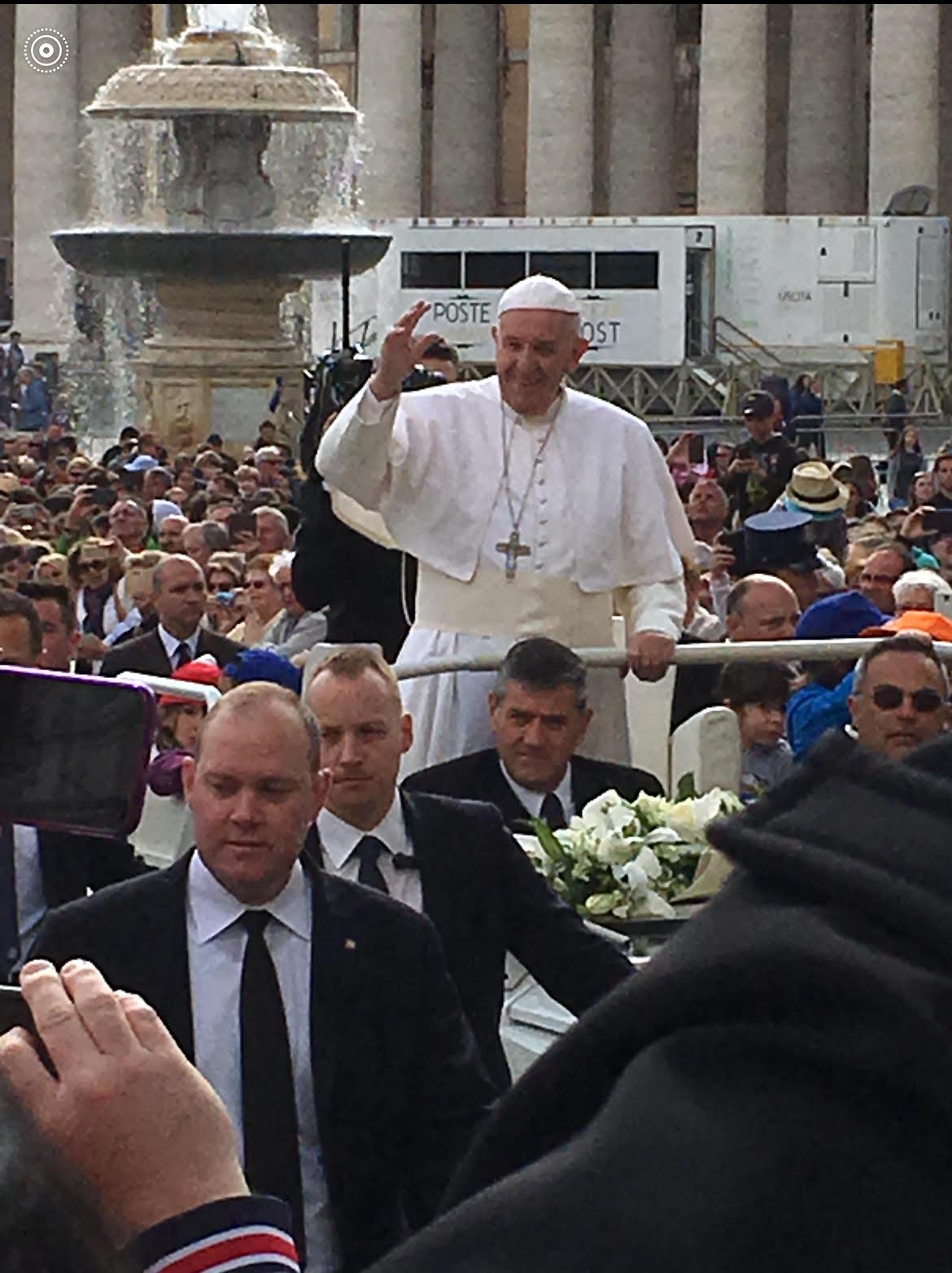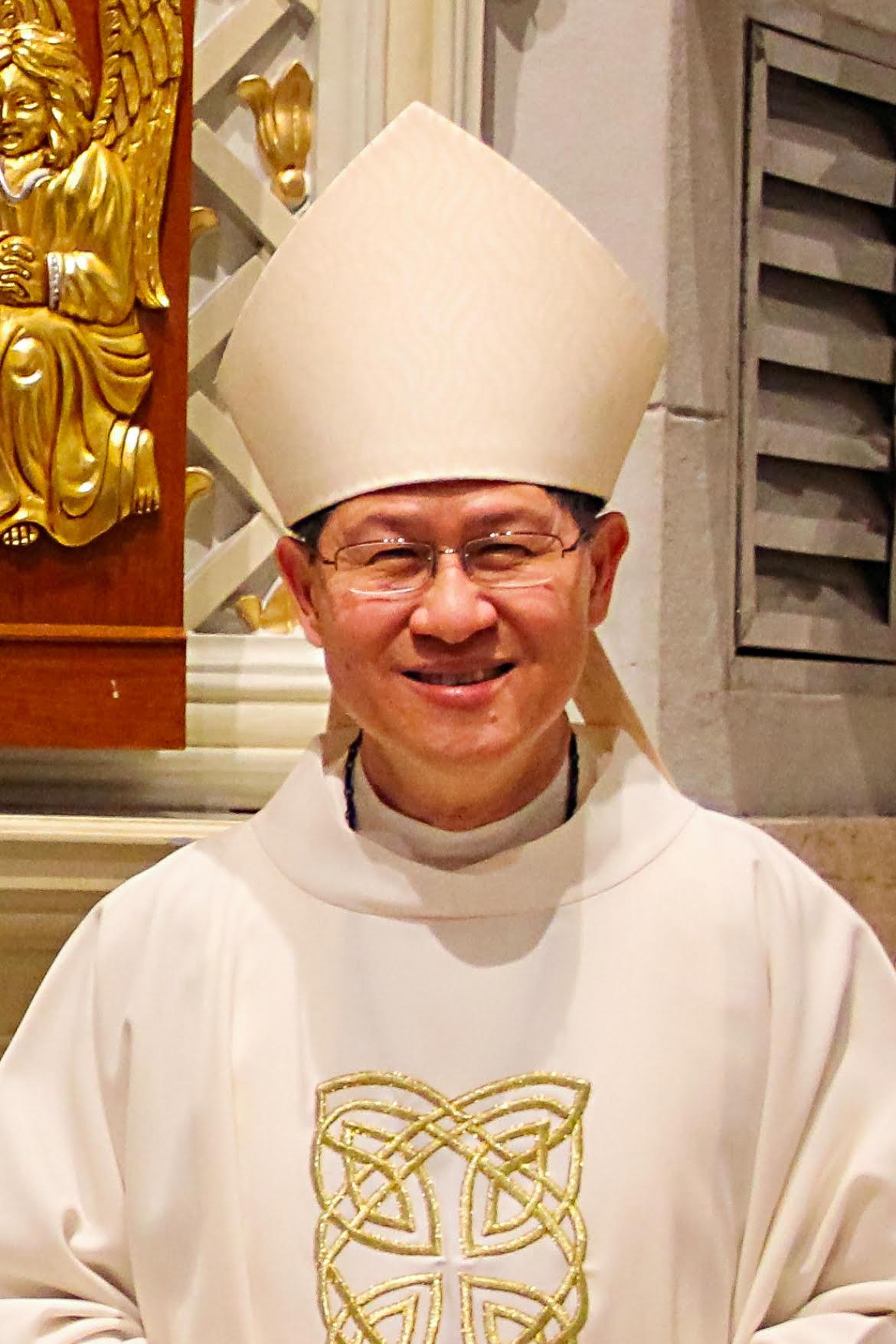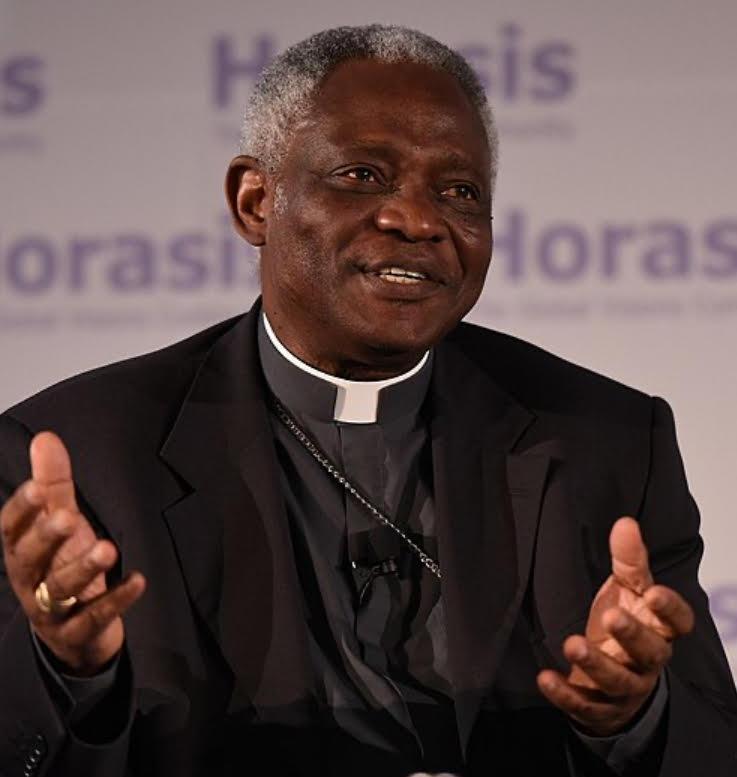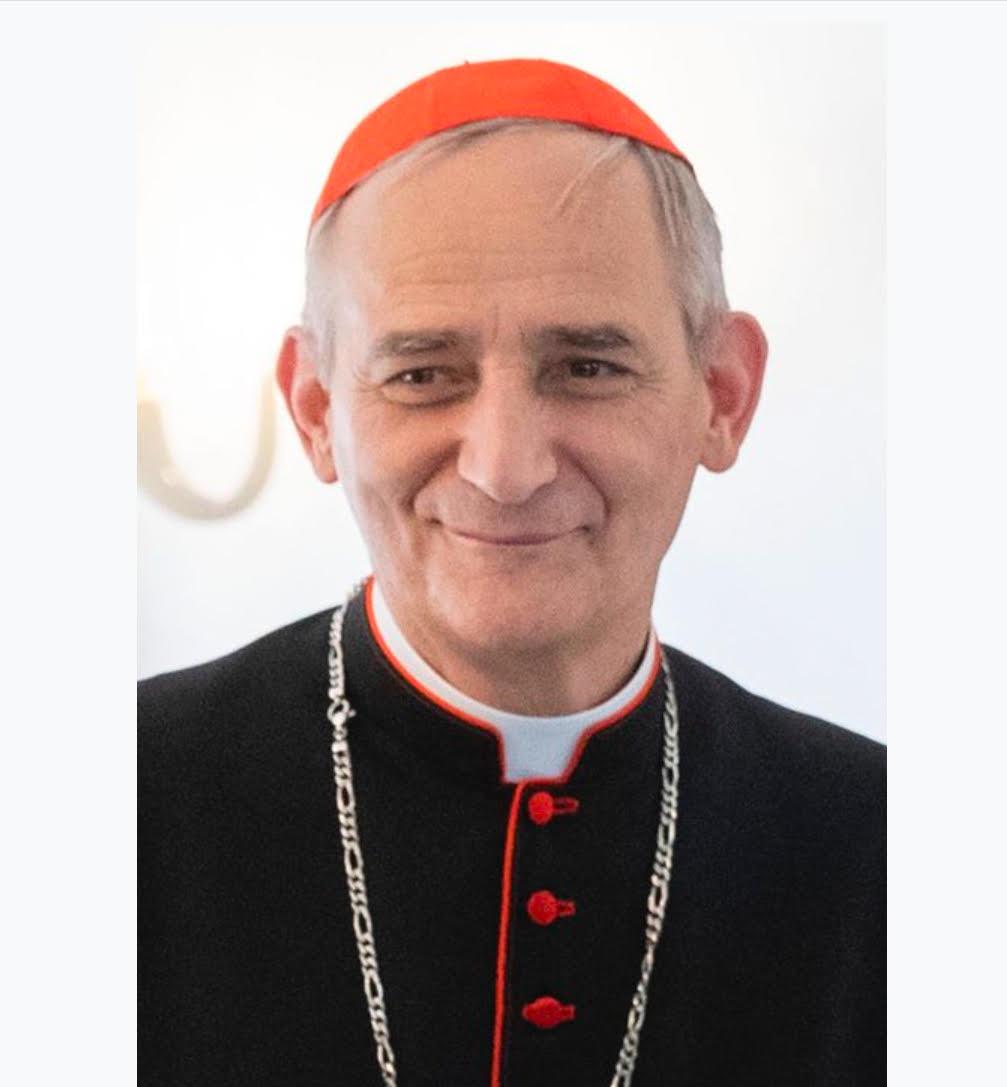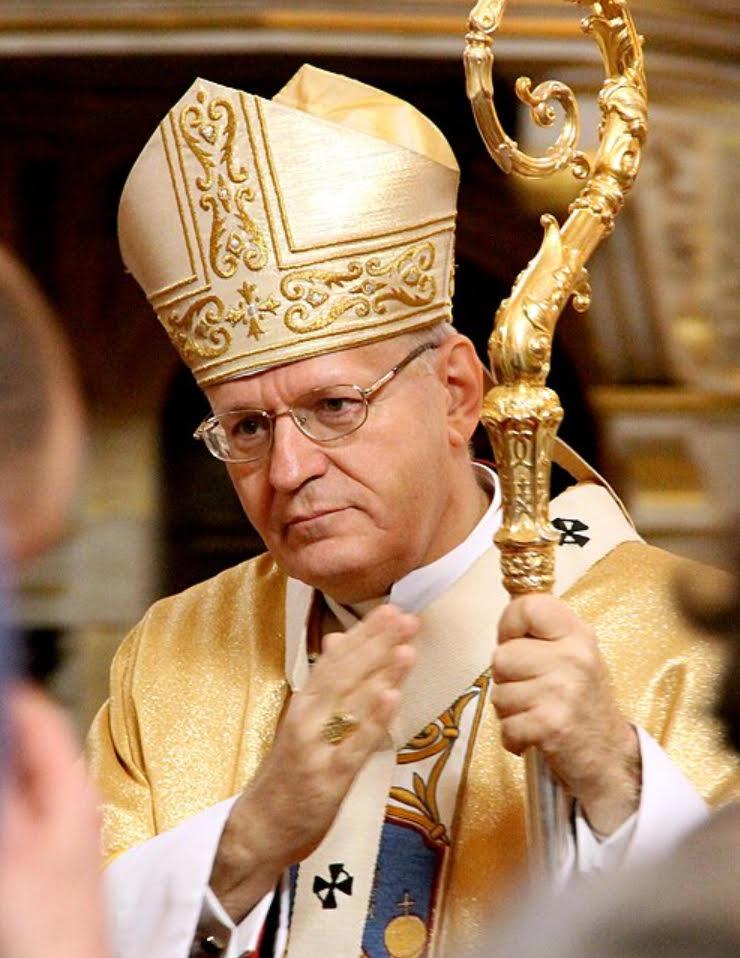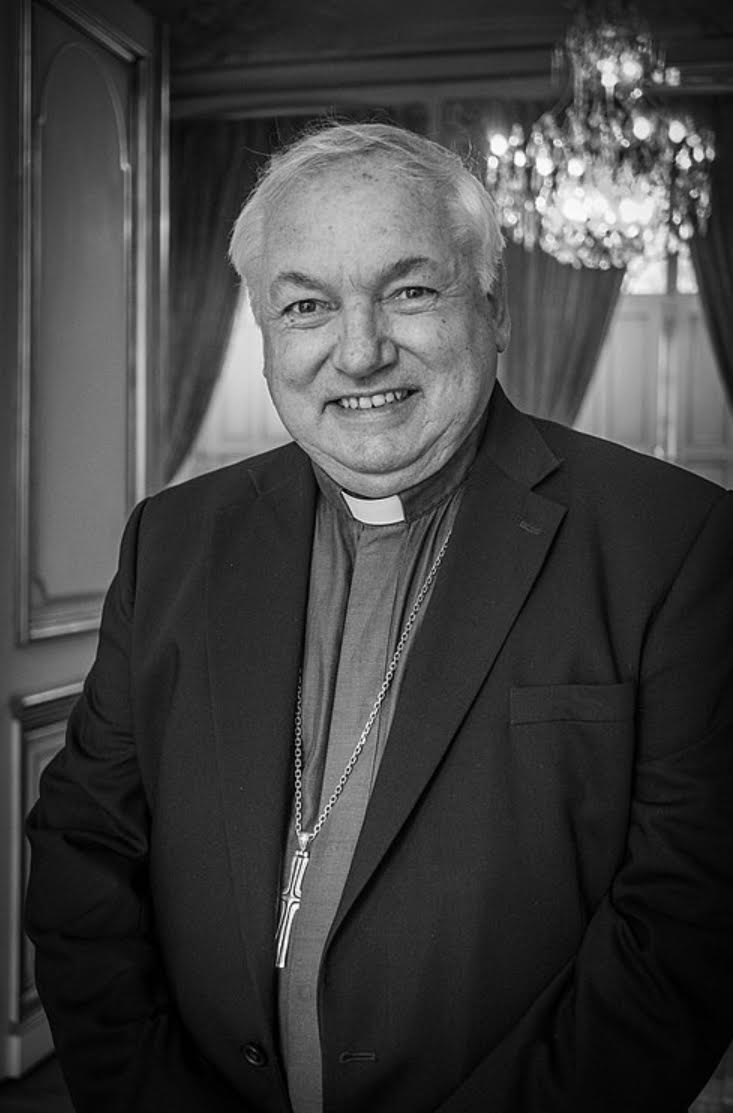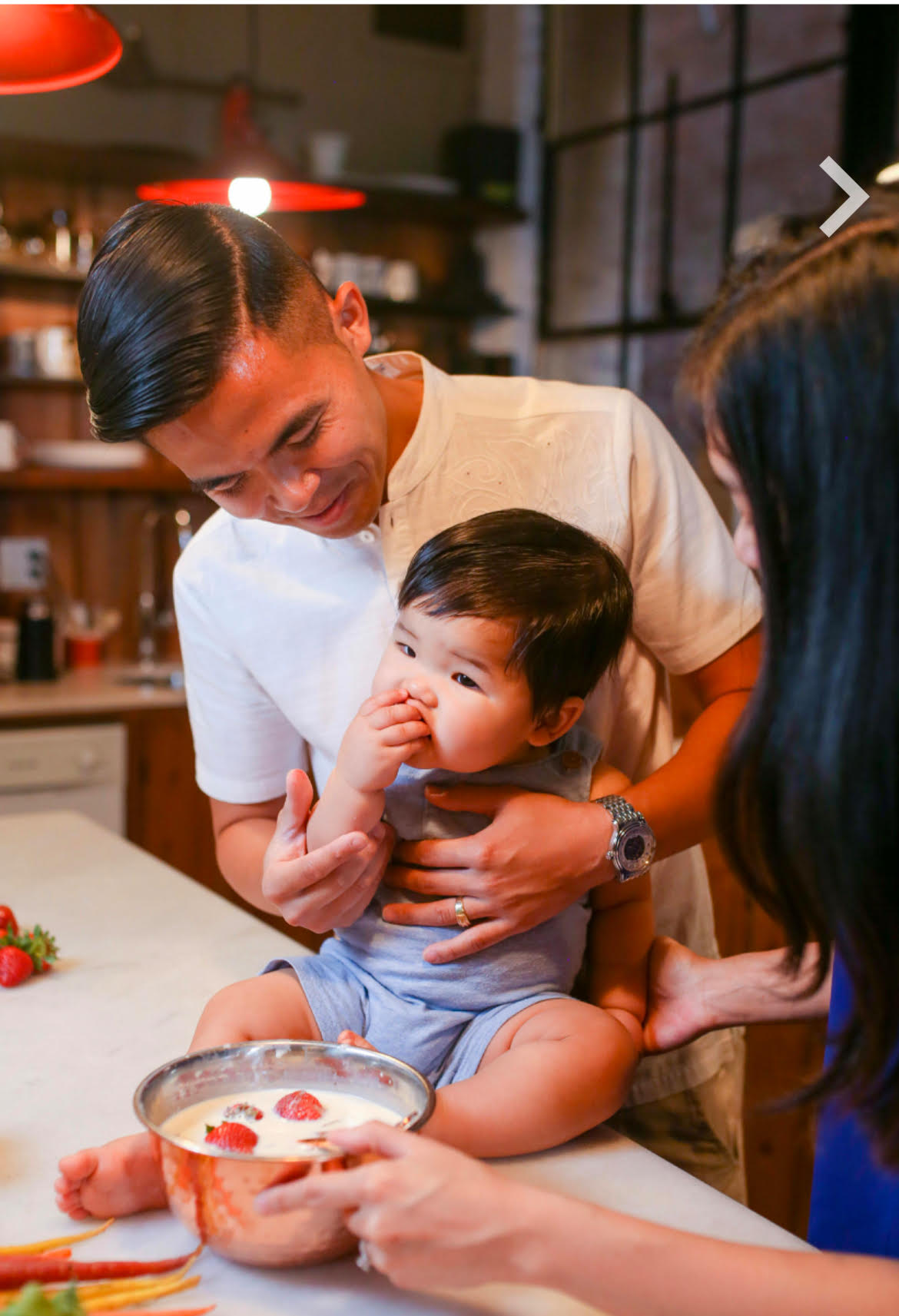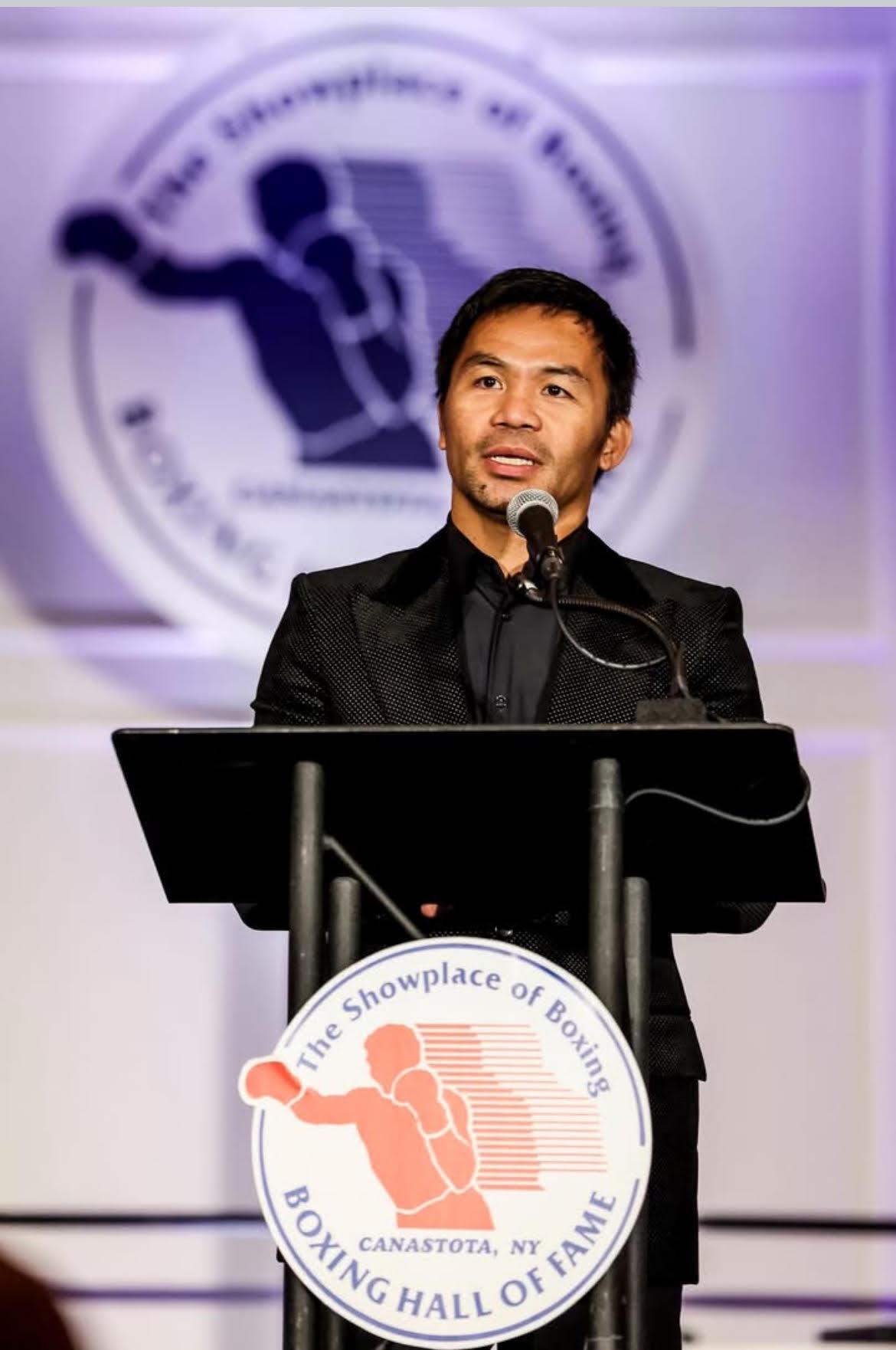Pope Francis transformed the papacy with compassion and global outreach. Now, the conclave must discern who will take up the mantle and guide the Church into its next chapter. – PHOTO CREDIT : MINA LAYBA
As the Church prepares to elect a new pope, the rise of the Global South may shape the next chapter of Catholic leadership—and the direction of faith worldwide.
The Catholic Church faces a defining moment—not only in who will succeed Pope Francis, but in how the next pontiff will shape a rapidly evolving global faith. With more than 1.3 billion Catholics worldwide and complex challenges confronting both doctrine and governance, the conclave ahead carries historic significance.
Pope Francis passed away on April 21, 2025, at the age of 88. According to the Vatican, he died of a stroke and cardiac arrest at his residence in Domus Sanctae Marthae. He had made a surprise appearance during Easter Sunday services just a day before. His final public blessing—Urbi et Orbi (Latin for “to the city and to the world”)—was offered from the balcony of St. Peter’s Basilica, witnessed by thousands. His burial is planned at the Basilica of Santa Maria Maggiore, in keeping with his personal wishes.
Yet even as the Church honors his legacy, attention now turns to the sacred process that will determine its next leader.
How the Conclave Works: A Step-by-Step Guide
The upcoming conclave—from the Latin cum clave, meaning “with a key”—is the secret and sacred gathering of cardinal electors tasked with choosing the next pope.
Held in absolute confidentiality within the Sistine Chapel, the conclave is designed to ensure that the decision is made through prayerful discernment, free from outside influence.
The election of a new pope is governed by the apostolic constitution Universi Dominici Gregis. It is a process steeped in tradition, bound by rules, and guided by the belief that the Holy Spirit inspires the choice.
- Sede Vacante(Vacant Seat)
Immediately following the pope’s death, the Church enters a period called sede vacante. Administrative authority temporarily passes to the camerlengo—currently Cardinal Kevin Farrell—while funeral rites and a nine-day mourning period known as the Novendiales are observed.
- General Congregations
Cardinals gather in Rome for daily sessions of prayer and discussion. These General Congregations allow for informal dialogue about the Church’s priorities and the profile of the next pontiff.
- The Conclave Begins
Roughly two to three weeks after the pope’s death, cardinal electors under the age of 80 enter the Sistine Chapel. At the command Extra omnes—Latin for “Everyone out”—non-electors leave and the doors are sealed.
- Balloting and Smoke Signals
Each elector writes the name of his chosen candidate on a ballot marked Eligo in Summum Pontificem (“I elect as Supreme Pontiff”). Four votes are cast each day until a two-thirds majority is reached.
- Black smoke (fumata nera) signals that no pope has been elected.
- White smoke (fumata bianca) indicates that a new pontiff has been chosen.
- Habemus Papam– “We Have a Pope”
Once elected, the new pope accepts the role, chooses a papal name, and changes into white vestments in the Room of Tears. From the central balcony of St. Peter’s Basilica, the senior cardinal deacon announces: Habemus Papam—“We have a pope.” The new pontiff then delivers his first Urbi et Orbi blessing.
Who Might Be the Next Pope?
While many names are circulating among Vatican watchers, the following cardinals are widely considered at the top of the list due to their theological stature, pastoral vision, or regional significance:
- Cardinal Luis Antonio Tagle (Philippines), 67 – Pro-Prefect of the Dicastery for Evangelization, Tagle is a compassionate, globally respected figure seen as a voice of the Global South.
- Cardinal Peter Turkson (Ghana), 76 – A champion of justice and environmental stewardship, Turkson would be the first modern African pope.
- Cardinal Matteo Zuppi (Italy), 69 – Archbishop of Bologna and Vatican peace envoy, Zuppi is a progressive leader aligned with Francis’s emphasis on mercy and dialogue.
- Cardinal Jean-Marc Aveline (France), 66 – Recognized for advancing interfaith dialogue and social inclusion, particularly among immigrant communities.
- Cardinal Péter Erdő (Hungary), 72 – A theological conservative and canon law expert representing the European tradition.
Cardinal Christoph Schönborn of Austria, once regarded as a strong papal contender for his theological depth and leadership in Europe, turned 80 in January 2025 and is no longer eligible to vote or be elected in the conclave.
What’s at Stake
This conclave unfolds amid serious institutional and spiritual challenges:
- Ongoing clergy abuse scandals demand truth, justice, and long-overdue reform.
- Doctrinal questions over LGBTQ+ inclusion, women’s roles, and celibacy remain divisive.
- Secularization and disillusionment continue to rise in the West.
- A demographic shift has placed the future of the Church firmly in the Global South.
Why the Global South Matters
The Global South—comprising Latin America, Africa, Asia, and parts of Oceania—is now home to over two-thirds of the world’s Catholics. Unlike much of Europe and North America, these regions are experiencing:
- Growing Mass attendance and community participation
- Rising numbers of vocations
- Strong lay engagement and youthful congregations
- A vibrant pastoral focus on poverty, migration, and social justice
Leaders like Tagle and Turkson embody a Church that is more representative of this shift—one rooted in humility, proximity to the poor, and inclusive evangelization.
A Global Moment of Discernment
As cardinals prepare to cast their votes beneath the frescoes of the Sistine Chapel, the question facing the Church is not only who—but what kind of leader will rise.
This is not merely a transfer of power, but a turning of the page—where sacred tradition meets the weight of the present. And in the space between black smoke and white, the Church begins again, with hope in its heart, history at its feet, and the Spirit as its guide.
